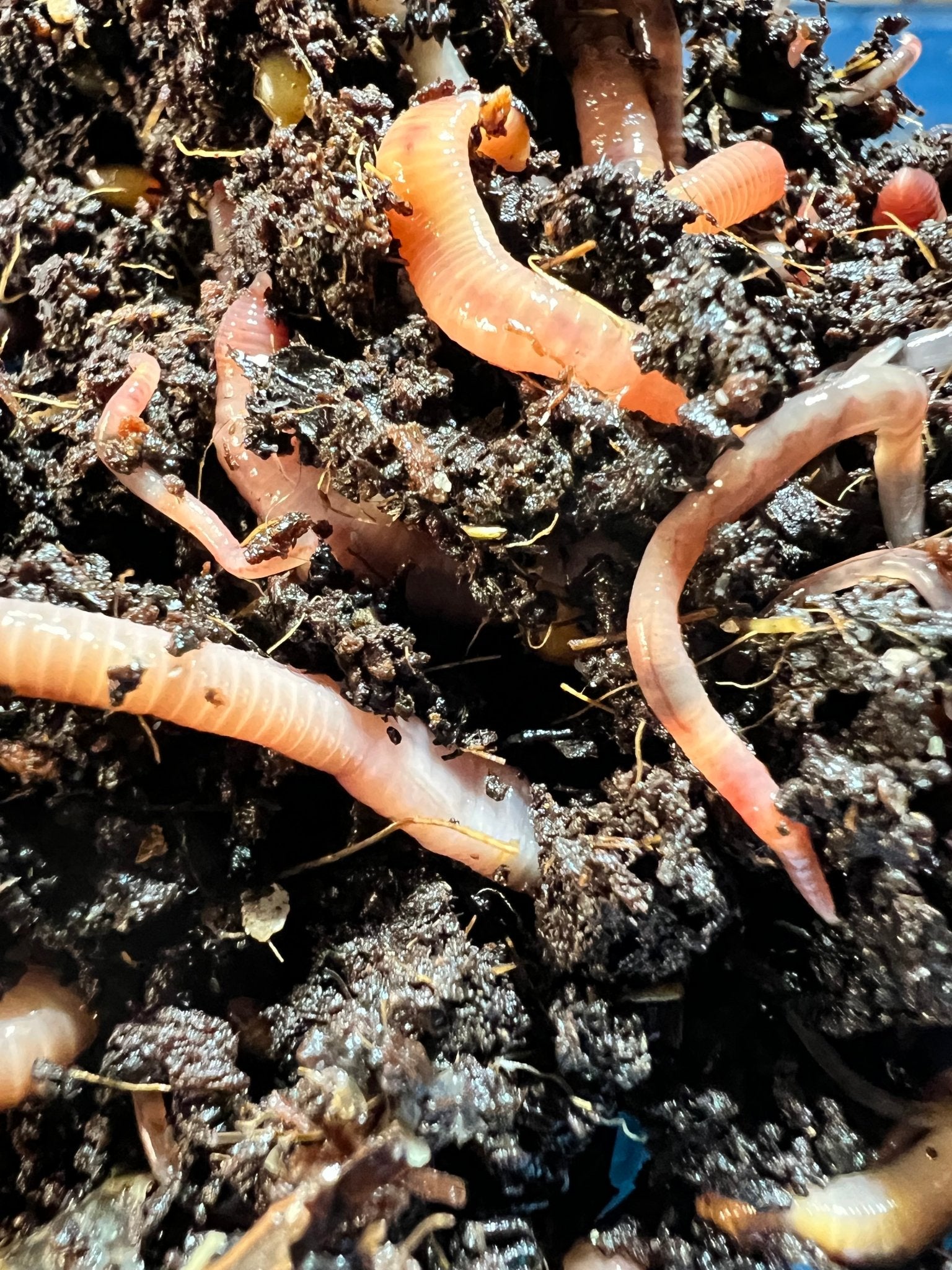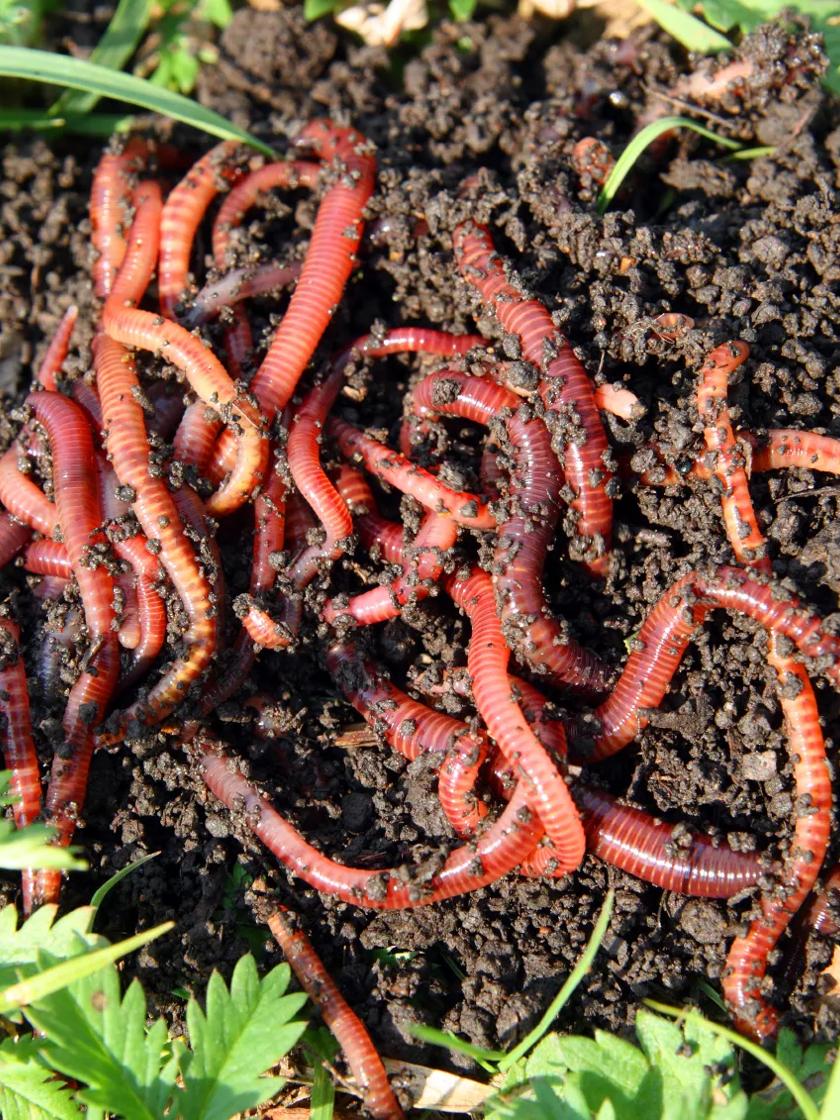Keep Your Lawn Green and Healthy with Expert Tips from Lake Hickory Bait
Keep Your Lawn Green and Healthy with Expert Tips from Lake Hickory Bait
Blog Article
Red Wigglers: The Unsung Heroes of Organic Waste Recycling
Red wigglers, or Eisenia fetida, offer as essential agents in the organic waste reusing process, changing thrown out products right into useful vermicompost. As the globe significantly seeks remedies to battle waste accumulation and boost farming performance, understanding the role of these worms ends up being crucial.
What Are Red Wigglers?
The exceptional resilience of red wigglers, scientifically referred to as Eisenia fetida, highlights their vital duty in organic waste recycling. These little, reddish-brown earthworms are typically found in disintegrating raw material, such as compost heap and manure stacks. Lake Hickory Bait. Unlike other earthworm species, red wigglers prosper in nutrient-rich environments and are very efficient at damaging down natural materials, making them vital for vermicomposting

(Lake Hickory Bait)In enhancement to their duty in waste decrease, red wigglers add to soil wellness by enhancing dirt structure and oygenation with their tunneling tasks (Lake Hickory Bait). Their existence in composting systems not just enhances decomposition rates however likewise advertises a lasting technique to lose administration, highlighting their significance in eco-friendly preservation initiatives
Benefits of Composting With Worms
Composting with worms, specifically red wigglers, uses countless benefits that enhance both waste administration and dirt wellness. These worms successfully damage down organic waste, converting it into nutrient-rich vermicompost that improves soil. This process increases disintegration, permitting a quicker recycling of kitchen scraps and other organic materials compared to standard composting techniques.
Additionally, the vermicompost created by red wigglers is brimming with valuable bacteria, which assist enhance soil framework, aeration, and wetness retention. This enhances the general health of plants, advertising vigorous growth and increased returns in yards and agricultural setups. The use of worms in composting decreases the manufacturing of greenhouse gases, such as methane, adding to an extra lasting waste administration system.

How to Begin Vermicomposting
Establishing a vermicomposting system is an uncomplicated procedure that can generate substantial benefits for both waste administration and soil enrichment. To start, choose an appropriate container, such as a plastic container or wooden box, with adequate air flow holes to ensure proper air movement. The measurements should preferably be about 2 feet by 3 feet, enabling ample space for the worms to thrive.
Following, prepare bed linen material, which can consist of shredded newspaper, cardboard, or coconut coir. This bed linen must be moistened to produce a suitable environment for the worms. When the bed linens remains in location, present red wigglers (Eisenia fetida) right into the bin, commonly around one extra pound of worms for each square foot of surface location.
Following the placement of worms, include natural waste, such as fruit and vegetable scraps, coffee grounds, and smashed eggshells. With these steps, you will efficiently initiate a internet vermicomposting system that contributes to lasting waste management and improves your dirt.
Preserving a Healthy Worm Container
(Red Wiggler Express)Keeping a worm bin flourishing requires regular focus and treatment to ensure the health of the red wigglers and the efficiency of the composting process. Correct upkeep starts with checking the dampness levels; the bin must perspire however not saturated. A good guideline is to maintain a consistency similar to a wrung-out sponge.
Aeration is critical also. Gently blending the bedding and food scraps every couple of weeks prevents compaction and makes sure that all worms have accessibility to oxygen. Additionally, it is very important to feed the worms suitably. A well balanced diet plan of vegetables and fruit scraps, coffee grounds, and crushed eggshells need to be offered in small amounts to stay clear of overfeeding, which can lead to odors and parasites.
If the bin ends up being as well warm or chilly, the worms may end up being worried. By carefully managing these variables, one can maintain a robust and efficient worm container.
Effect On Lasting Living
The effective upkeep of a worm container not just benefits the wellness of red wigglers but also adds dramatically to lasting living methods. By recycling organic waste, such as cooking area scraps and lawn debris, red wigglers aid draw away substantial quantities of product from landfills. This decrease in waste not only decreases greenhouse gas exhausts but additionally lessens the environmental burden linked with waste administration.
Furthermore, the spreadings created by red wigglers act as a nutrient-rich organic fertilizer, improving soil health and wellness and promoting plant development. This natural alternative to chemical plant foods supports lasting agriculture and horticulture practices, lowering reliance on artificial inputs that can harm ecosystems. Furthermore, worm composting fosters understanding of waste management, motivating people and communities to take on more sustainable behaviors.

Final Thought
In recap, red wigglers function as essential factors to natural waste reusing via their reliable disintegration of natural products. Their capacity to generate nutrient-rich vermicompost boosts dirt wellness and sustains lasting farming methods. By incorporating vermicomposting into waste administration techniques, individuals and communities can considerably decrease waste while promoting ecological sustainability. The duty of Eisenia fetida in cultivating healthy and balanced environments highlights the value of these organisms in achieving lasting living and boosting soil fertility.
Report this page